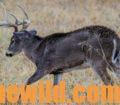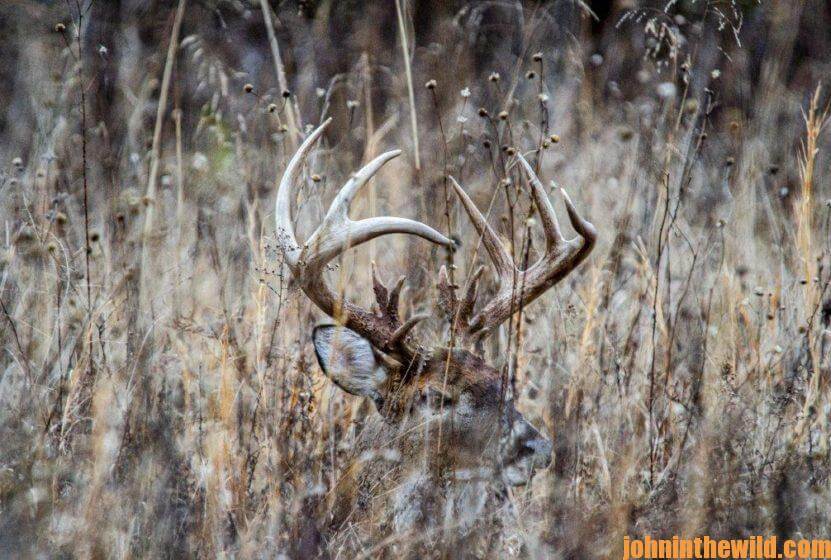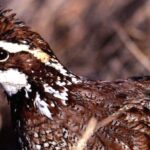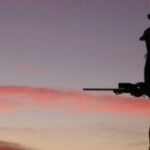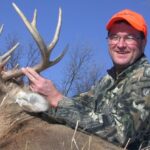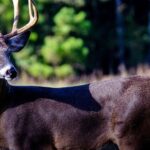Editor’s Note: Oftentimes during inclement weather, you may be the only hunter competing for your buck. Bad-weather bucks can be bagged by hunters who search for them, and knowing where a buck is in bad weather can be the key to taking him. Deer hunting in bad weather may be a miserable sport, but it can pay big-buck dividends.
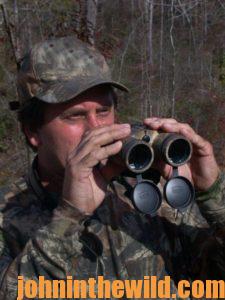 During a hard, cold, blowing rain, oftentimes deer demonstrate more common sense than hunters. They usually will find thick cover like pines to bed-down in and wait for the bad weather to blow-over. Knowing that deer bed on miserable days narrows the places you have to scout to locate a buck. However, on cold bitter days without rain and wind, whitetails will bed-down on exposed hillsides and ridgelines. A deer’s bed will look like a 1-1/2-foot-3-1/2-foot elliptical hollow in the ground where leaves, grass and other brush have been weighted-down by the deer. Even in snow, you usually can see the ground, because the deer’s body heat will melt the snow in a bedding spot. If you find two or three beds located close together, these may belong to does, which are more communal in nature than bucks. Of course, a hunter who studies bedding sites will find trails from those to other deer-use areas that can help him bag a buck.
During a hard, cold, blowing rain, oftentimes deer demonstrate more common sense than hunters. They usually will find thick cover like pines to bed-down in and wait for the bad weather to blow-over. Knowing that deer bed on miserable days narrows the places you have to scout to locate a buck. However, on cold bitter days without rain and wind, whitetails will bed-down on exposed hillsides and ridgelines. A deer’s bed will look like a 1-1/2-foot-3-1/2-foot elliptical hollow in the ground where leaves, grass and other brush have been weighted-down by the deer. Even in snow, you usually can see the ground, because the deer’s body heat will melt the snow in a bedding spot. If you find two or three beds located close together, these may belong to does, which are more communal in nature than bucks. Of course, a hunter who studies bedding sites will find trails from those to other deer-use areas that can help him bag a buck.
One time when I was hunting deer, the weather had been bad for 3 days when a group of friends and I decided on a deer drive through a cane and briar thicket. As we put-out standers, we heard a gun go-off only two stands away from the last hunter we’d put -out. Fearing an accident, we ran back to the hunter we’d left 300 yards away, but he wasn’t at his stand. Looking into the thick cover, we saw him dragging a fine 12-point buck out. “You fellows wouldn’t believe it,” he told us.

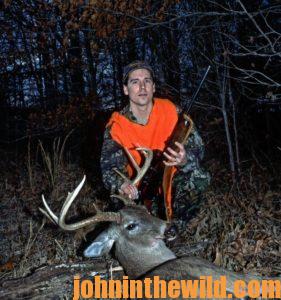 “When ya’ll left, I was looking around and suddenly saw antlers. The deer was bedded-down not 15-feet from my stand. I loaded my gun, and he never moved. I thought I was seeing things, because by all rights he should have run when he heard the bolt shut. But he stayed. I aimed and fired, and that was all there was to it.” Later the same day another hunter walked to within 20 yards of a spike bedded-down next to a stump. Bad-weather bed hunting is hard to beat for success.
“When ya’ll left, I was looking around and suddenly saw antlers. The deer was bedded-down not 15-feet from my stand. I loaded my gun, and he never moved. I thought I was seeing things, because by all rights he should have run when he heard the bolt shut. But he stayed. I aimed and fired, and that was all there was to it.” Later the same day another hunter walked to within 20 yards of a spike bedded-down next to a stump. Bad-weather bed hunting is hard to beat for success.
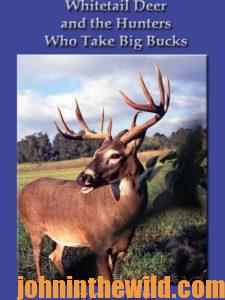 To learn more about hunting deer, check out John E. Phillips’ book, “Whitetail Deer and the Hunters Who Take Big Bucks,” available in Kindle, print versions and Audible at http://amzn.to/2bYwYOK. You may have to copy and paste this link into your browser. (When you click on this book, notice on the left where Amazon says you can read 10% of this book for free and hear 10% for free).
To learn more about hunting deer, check out John E. Phillips’ book, “Whitetail Deer and the Hunters Who Take Big Bucks,” available in Kindle, print versions and Audible at http://amzn.to/2bYwYOK. You may have to copy and paste this link into your browser. (When you click on this book, notice on the left where Amazon says you can read 10% of this book for free and hear 10% for free).
Tomorrow: Hunting from Tree Stands and Tips for Taking Deer in Bad Weather


